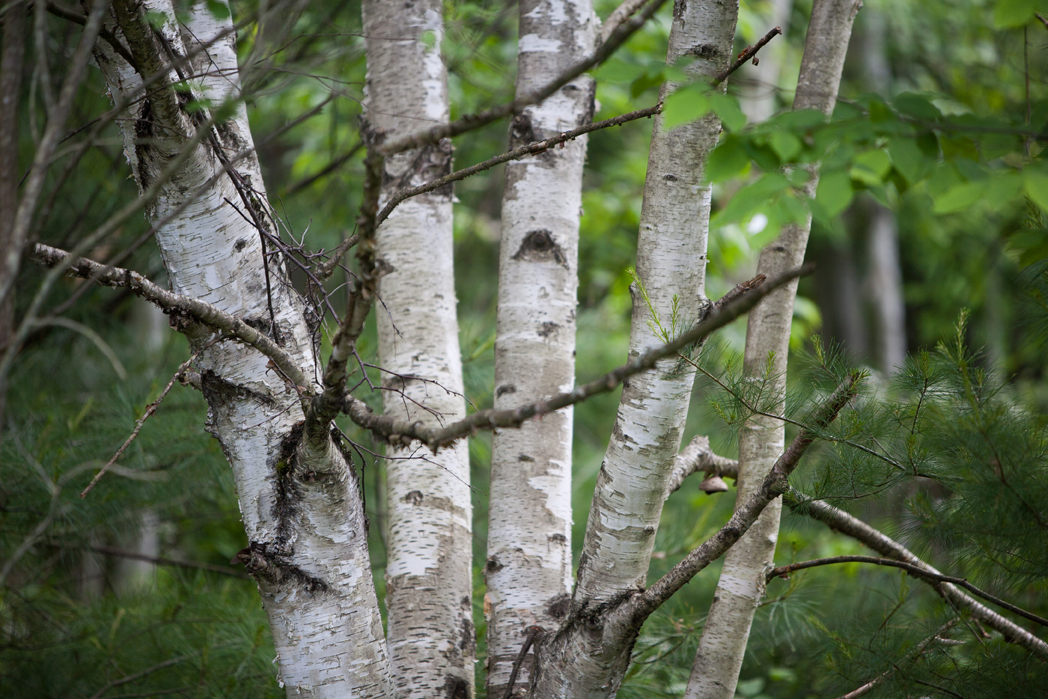Bear Bells
by Leslie Noonan
November 15/24
After the muddy mess of my last adventure, I felt like a more established trail would be good for both my leg and my clothes. I have occasionally seen articles about Fort Willow and decided to add a little history lesson to my days outing. The area around Fort Willow was long used by First Nations as a trade route, as well as by fur traders and the French. The fort itself was established in 1812 as a critical supply depot, and there are wonderful stories about the soldiers who lived here found on the website along with videos of reenactments. Worth looking into if you enjoy knowing about local history.
I explored the site at my leisure, as I was the sole visitor, unless the area was home to more spectral beings that I did not see. At the west end of the site are two rustic wooden flights of stairs that lead down to a gravel multi-use trail covered in brown leaves. There is no wind to move the bare branches stretching above the trail, and the only sound is the chitter of two red squirrels chasing each other along a moss-covered log. I set a gentle pace along the easy trail, travelling south across several concessions before turning back. Never once did I encounter another person, though I imagine in the warm weather there would be foot and bike traffic. Let’s be honest, this is not a hike, but a lovely stroll through the forest along a well-maintained trail with nature and solitude.
As I returned to Fort Willow, I chose the second trail up the hill and was intrigued by the old concrete culvert travelling under the trail to drain into the Minesing wetlands. Why was I intrigued? Well, the culvert was old, with a black maw that should have bled light in from the other side of the culvert, instead the darkness was fathomless. Ok, so maybe those spirits are around and giving me fanciful thoughts. More likely the old culvert is just home to random skunks that would not appreciate me bothering them. Instead, I continued up the trail to learn about corduroy roads. I’ll leave it up to you to find out what these roads are, that are named liked my childhood pants.

While I enjoyed the history stroll, I was not quite ready to head home. Two hundred years or more this area had been the hub for travellers, and several of those trails still lead out from here. The trail I was on is part of the North Simcoe Rail trail, the Ganaraska hiking trail and the TransCanada Trail, all using the same path before leading off to other areas. To the north is the Minesing Wetlands Conservation area, which also has trails for hiking and biking. I walked south for a short distance along the road, following the Nine Mile Portage Heritage Trail which pioneers and soldiers followed for fifteen kms from Fort Willow to Kempenfelt Bay. The track leaves the road and uses a wooden boardwalk to cross through a wetland filled with bullrushes. I assume those soldiers did not have the luxury of this boardwalk and can only imagine the quagmire that they had to pull supplies through, not to mention the mosquitoes. From here the trail enters a hard wood forest and up a hill, ending up on the highway. I turned back here, as I had no interest in town walking, though it would be interesting to do the entire 15 km trail someday. For me, while I enjoyed this easy stroll, I will brush the mud off my poles and shoes, and head back out to more remote areas.


